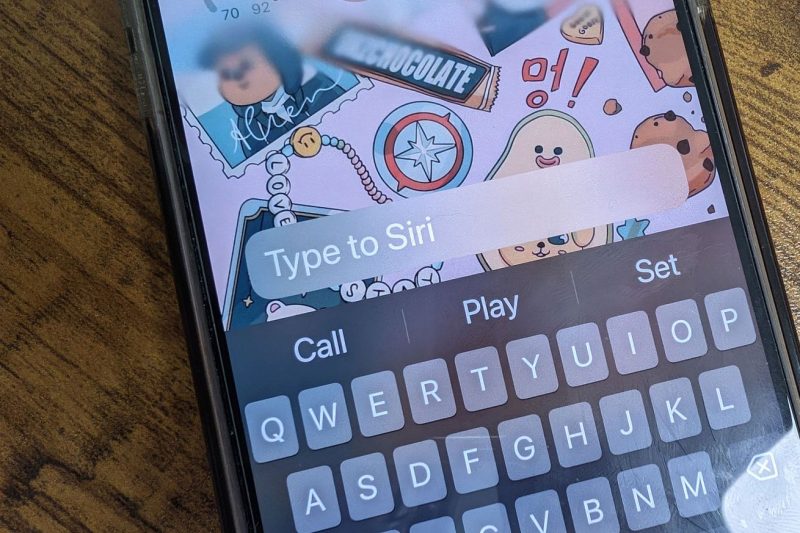In today’s fast-paced world, technology has made immense progress in artificial intelligence (AI) systems. AI assistants have become increasingly prevalent in various aspects of our lives, from smart home devices to customer service bots. A new trend on the rise suggests that rather than speaking to AI assistants, typing might be the way to go.
The idea of typing to communicate with AI assistants provides a fresh perspective on how we interact with this technology. The convenience of chatting through text eliminates the need to speak out loud and allows for a more private and discreet form of communication. This method also enables users to articulate their thoughts more clearly by typing them out, as opposed to potentially unclear speech.
Another advantage of typing to AI assistants is the ability to quickly reference information and messages exchanged in the conversation. When communicating through text, users have a written record of the exchange that they can easily revisit at any time. This feature can be particularly useful for tasks that involve gathering and retaining information or instructions.
Moreover, typing to AI assistants might offer a more inclusive alternative for individuals who prefer or require written communication. For those who are hard of hearing or have speech difficulties, typing allows them to engage with AI technology effectively. This accessibility aspect promotes inclusivity and ensures that everyone can benefit from AI assistant technology.
Furthermore, typing to AI assistants opens up new possibilities for multitasking. Users can engage in a conversation with the AI assistant while simultaneously working on other tasks, such as typing an email or researching online. This flexibility in communication can enhance productivity and efficiency in various aspects of our daily lives.
Despite the benefits of typing to AI assistants, it is essential to consider potential drawbacks as well. One limitation of text-based communication is the potential loss of nuance and context that can be conveyed through verbal cues, tone of voice, or facial expressions. Emotions and subtle nuances may be lost in written text, leading to potential misinterpretations or miscommunication.
In conclusion, typing to AI assistants presents a promising alternative to traditional voice-based interactions. The convenience, privacy, accessibility, and multitasking benefits make this method a compelling choice for engaging with AI technology. While there are limitations to consider, the shift towards typing as a primary mode of communication with AI assistants signifies a progressive step in enhancing our interactions with technology.




























